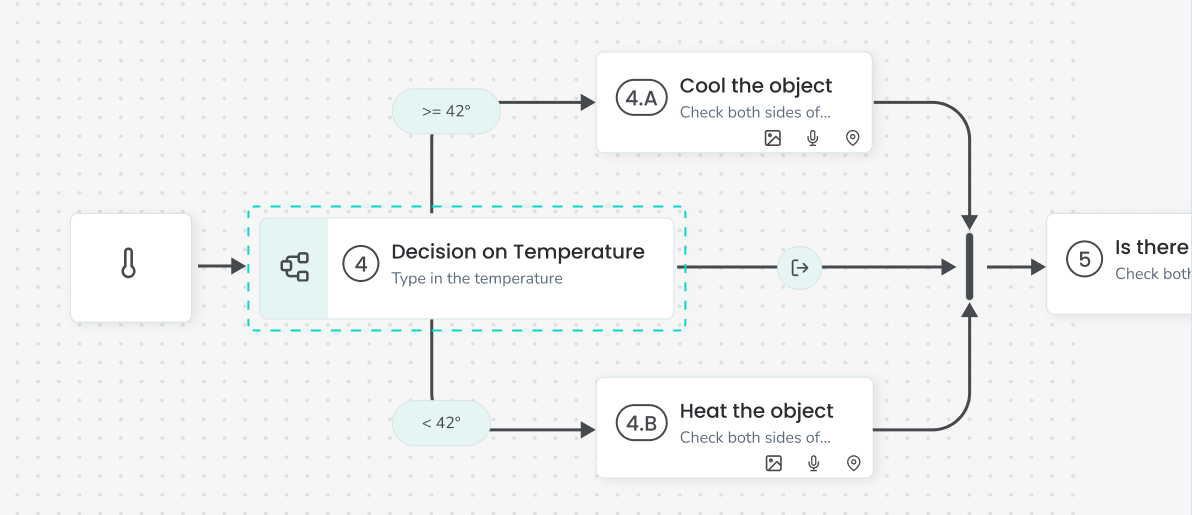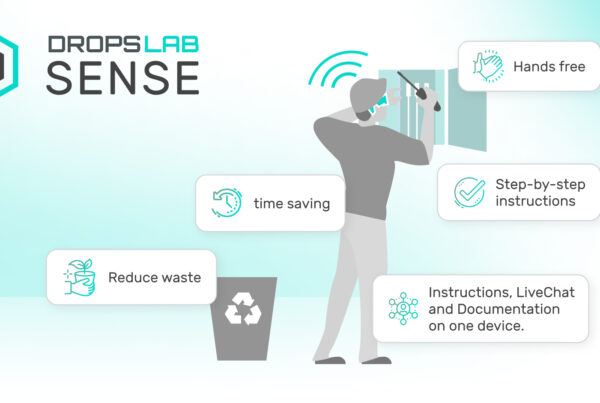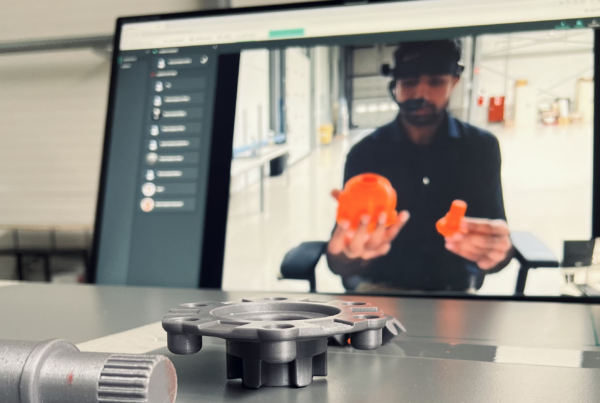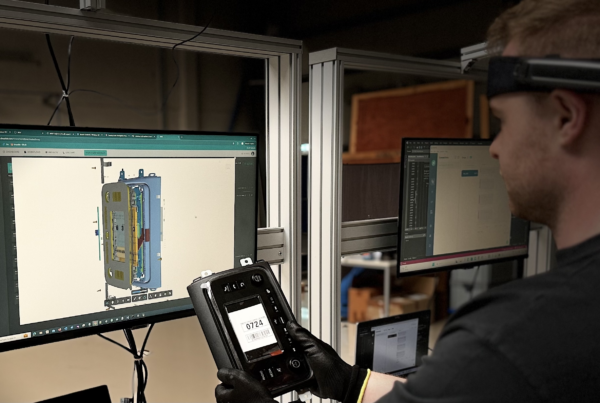Decision Nodes: Improving Decision Making Skills in Workflows
As we already learned about the advantages and disadvantages of digital work instructions in our previous article. Now in this article, we will explore our newly launched feature decision nodes in release 2024 which contribute to the advantages of digital work instructions by making them more flexible. As we know, when you are under pressure taking decisions becomes a bit difficult and in such a case, decision nodes help with this issue. So, let’s learn what decision nodes are, their benefits and how you can use them for flexible task management.
What Are Decision Nodes?
Decision nodes are important points within a decision tree where a choice must be made among multiple paths or options depending on specific conditions and characteristics. They guide workers by analyzing the specific conditions and allowing them to take the next step which is accurate for a specific task or workflow.
There are three main characteristics of decision nodes which includes conditional logic, binary or multi-way decision-making, and outcome oriented. When workers are performing tasks, there are many issues that might arise. So, in such a case it is important to include decision nodes in digital work instructions.
You can provide conditional logic such as if there is this issue then use a specific condition to determine the path to follow. If there are any complex decisions, you can provide two or more branches. For example, in an assembly line if a part is defective then the workers can get multiple paths to follow such as get it replaced or repaired and then put it in place.
Types of Decision Nodes
There are two types of decisions nodes, implicit and explicit decision nodes. Implicit decision nodes usually operate in the background. They do not need worker judgement and automatically adjust the path based on the previously defined conditions and real-time data.
On the other hand, explicit decision nodes need input or direct action from the workers. They do not rely on algorithms and need data from workers so they can provide workers with options that they select that they find appropriate and then move onto the next step.

How Does Dropslab’s Decisions Nodes Benefit in Flexible Task Management?
Through this feature, you can easily input decision points for your tasks and processes. These nodes can be included and activated on Dropslab Core and then visualized and executed on Dropslab Sense. At Dropslab, we know the importance of types of decision nodes, so we allow you to include both depending on the process. Using this function can help you in providing a smooth transformation from planning to action which enables the workers to make decisions by selecting multiple paths. This way they have flexibility in the workflow and can perform tasks without any delays or bottlenecks.
Summary
Decision nodes are important for digital work instructions as they provide flexibility, easy adaptability and real-time decision-making. To improve operational accuracy and to optimize workflows, decision nodes are required as they help with maintaining the product quality and overall production line efficiency. For more information on how you can implement these and benefit from digital work instructions, explore our other articles on our website. Or set-up a demo with us and experience these amazing features on-hand.



